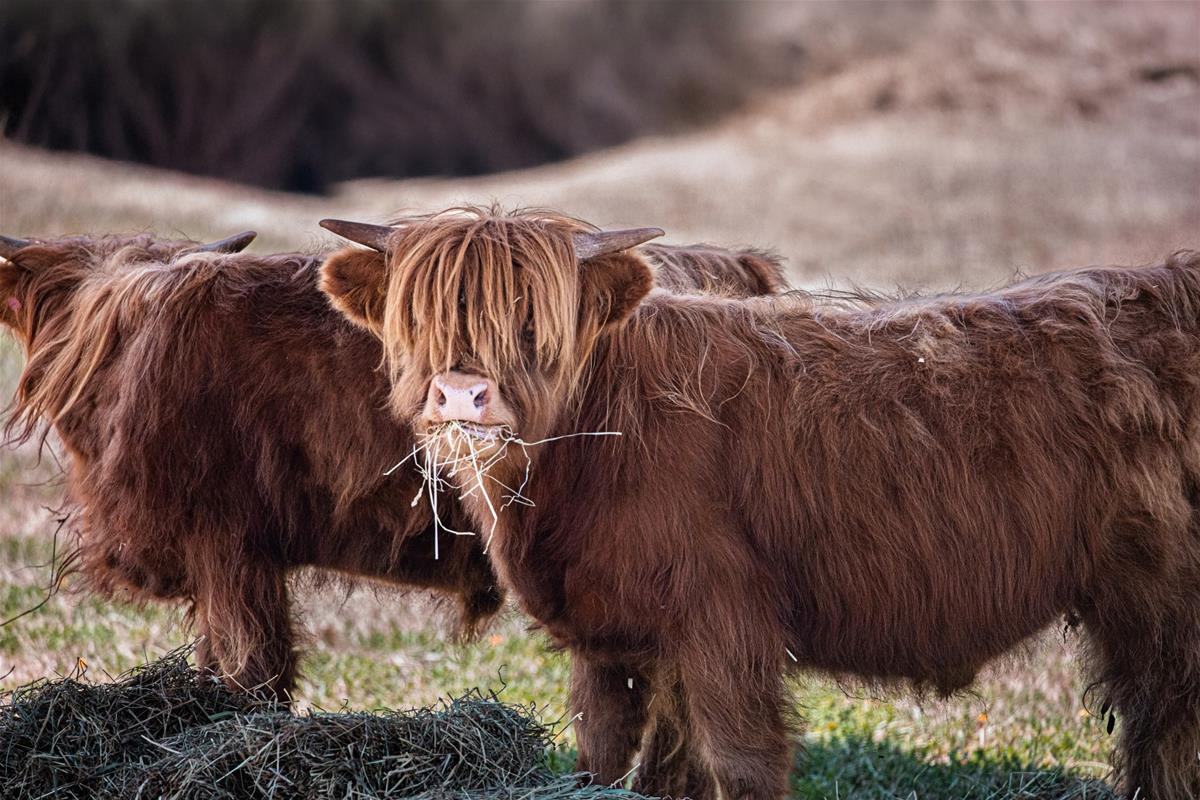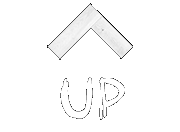Viewable


Mammal
Location at the Zoo
Eurasia
Global Range
Worldwide except Antarctica
Highland cattle
Bos taurus
Order: Artiodactyla
Family: Bovidae
Genus: Bos
Highland cattle are a hardy, long-haired breed of domesticated cattle known for their distinctive appearance. They have a shaggy double coat that protects them from cold, wet climates, and long, curved horns used for foraging and defence. Their coats can be reddish-brown (the most iconic colour), black, yellow, brindle, white, or dun. Highland cattle are known for their intelligence and resilience.
HEAD AND BODY LENGTH: 1.2 to 1.6 metres (4 to 5.2 feet) at the shoulder
HEIGHT AT SHOULDER:
- Cows: ~105–120 cm (41–47 inches)
- Bulls: ~125–135 cm (49–53 inches)
TAIL LENGTH: ~1 metre (3.3 feet), including tuft
WEIGHT:
- Cows: 500–600 kilograms (1,100–1,300 pounds)
- Bulls: 800–1,000 kilograms (1,800–2,200 pounds)
Conservation Status: IUCN












